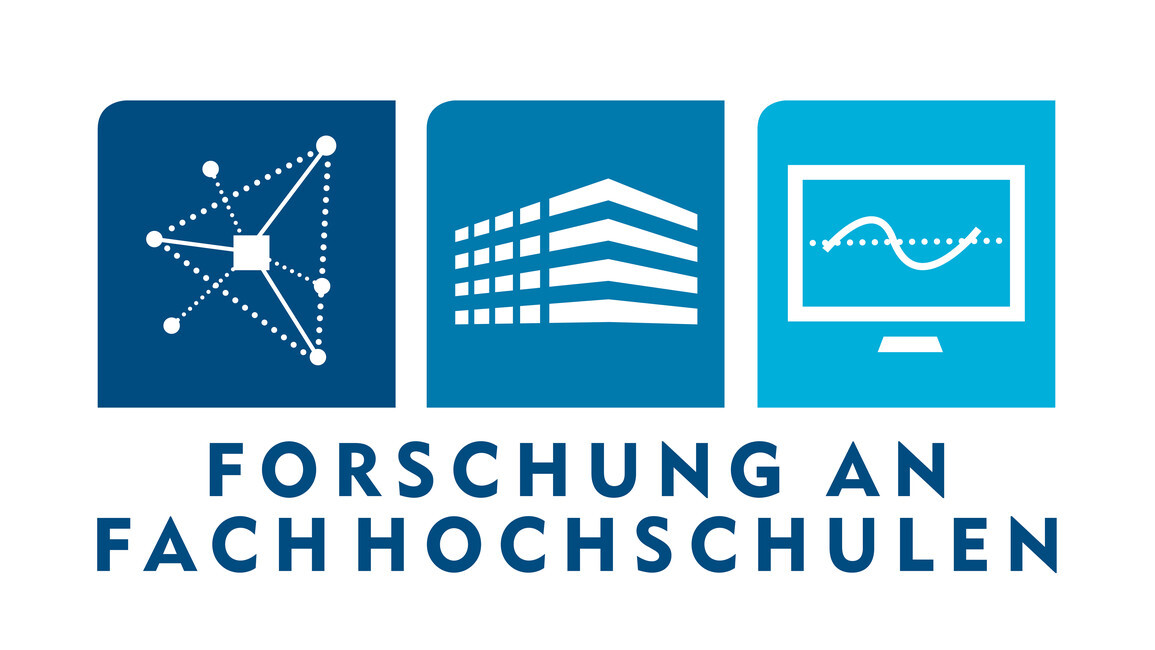The X-Energy sub-project Vibroakustik researches the sound propagation of wind turbines. The focus is on the development of design measures to acoustically optimize the sound paths within the wind turbine drive train with the help of simulations in order to reduce sound radiation and the resulting tones.
Previous studies on the sound radiation of wind turbines have mainly focused on the aeroacoustic optimization of the rotor blades. In contrast, the X-Energy sub-project Vibroakustik focuses on investigating the sound paths within the nacelle of the wind turbine and the transmission of the mechanically generated sound produced by the main drive train components (primarily the gearbox and generator).
Vibroacoustics serves as the methodical basis for these calculations. It is used to investigate the introduction, transmission and radiation of structure-borne sound. This includes the acoustic behavior of materials, components and constructions based on numerical methods such as the finite element method (FEM).
Results
As part of the X-Energy sub-project Vibroakustik, an integrated simulation model was developed to calculate the sound radiation of a wind turbine. The sound source is modeled using detailed finite element calculations, the gear stiffness of the gears and an analytical model for calculating the gearbox dynamics. Based on this, a high-resolution finite element model of the wind turbine was developed, which includes all relevant components such as the gearbox, generator, main frame, drive train, nacelle, tower and blades. The calculation of transfer functions to determine the vibration response is thus carried out at any point along the structure-borne sound path. It is also possible to calculate the radiated acoustic power at the nacelle wall. The FEM structure-borne sound model also makes it possible to couple the air space inside and outside the nacelle with the aid of fluid-structure interactions. The simulation model was validated by extensive measurements during real operation of the wind turbine (Curslack Research Wind Farm).
Measures to reduce noise emissions were then identified and implemented for the targeted noise reduction of the wind turbines. Individual results were implemented in a simulation model in parametric form. In addition, an optimization algorithm was developed to identify the optimal parameter selection. The optimization showed improvements in the tonalities of up to 6 dB in the simulative implementation of individual design measures.




